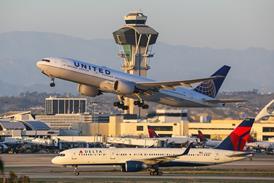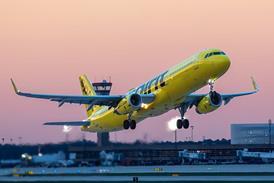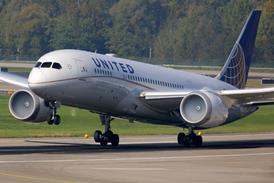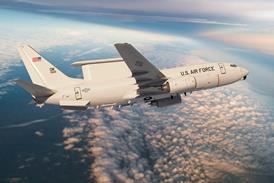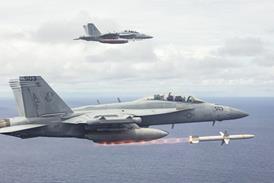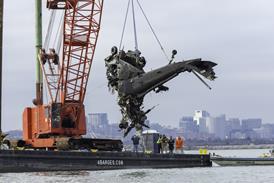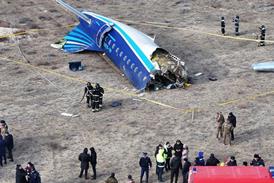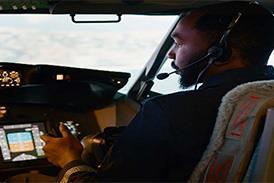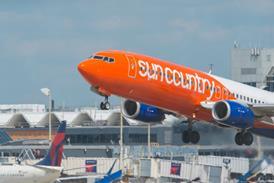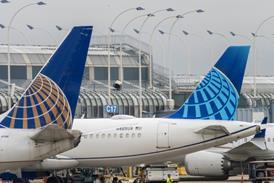Belgium plans to add billions of euros to its defence expenditures in the coming years, with additional fighter aircraft among top priorities for Brussels.
Those will almost certainly be Lockheed Martin F-35A stealth jets, according to Belgian defence minister Theo Francken, who says the country’s air force is not large enough to support a second fighter type.
However, Francken in a 14 April interview with Antwerp newspaper Het Laatste Nieuws said Brussels wants any additional F-35s to be assembled outside the USA.
“I did ask the Italian minister of defence whether we could produce the extra F-35s in Italy and not in the US,” Francken says.
Cameri, Italy is home to one of three F-35 final assembly and check out (FACO) facilities worldwide, with the other two being in Fort Worth, Texas and Nagoya, Japan. The Italian site is managed by Leonardo, while Mitsubishi Heavy Industries oversees operations at the facility in Japan.
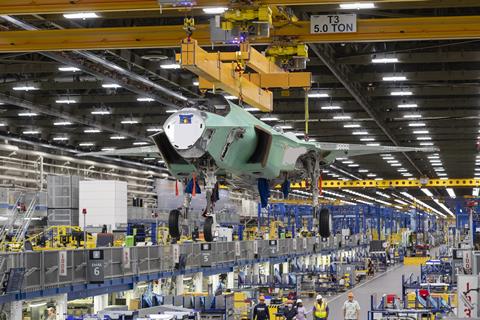
Belgium has an existing programme with Lockheed covering 34 conventional take-off and landing F-35A fighters, with the lead aircraft making its debut flight from the Fort Worth assembly site in May 2024.
That aircraft was subsequently delivered to Luke AFB in Arizona, where Belgian crews will undergo training with the US Air Force to transition from their legacy Lockheed F-16A/Bs to the F-35. Additional aircraft for Belgium are being assembled at Fort Worth.
Francken does not specify if the production location will be a deal breaker for Brussels or why the government wants additional jets to be produced at the Cameri facility. He does hint at potential domestic economic benefits as one possible reason.
“There should also be talk about additional economic compensation and employment for Belgian companies,” he notes.
Whether the Italy FACO site has the capacity to accommodate additional orders in the short-term is unclear. Lockheed tells FlightGlobal the Cameri facility has a throughput of 15 aircraft per year. The vast majority of the company’s annual production capacity of 156 F-35s resides at Fort Worth, with the assembly line in Japan turning out fewer than 10 jets per year.
Even if additional Belgian aircraft are not assembled in Italy, Brussels may be able to secure a local production agreement for specific F-35 subcomponents or processes. Both Finland and Switzerland included such terms in their F-35 contracts. Numerous European suppliers contribute to the F-35 programme.
”We value our strong, 60-plus-year partnership with Belgium,” Lockheed says. “The F-35 integrates the collective expertise and contributions in Europe and around the world.”
Belgium’s interest in European production comes as leaders of several US allies have publicly expressed concern about the reliability of the American-made F-35, in light of trade restrictions and inflammatory rhetoric from President Donald Trump and his advisers about absorbing territory from allies Canada and Denmark.
While Canada and Portugal have said they are now considering alternatives to the F-35, Belgium’s top general has downplayed concerns about the stealth fighter and Washington’s ability to use the jet as leverage against allies.
The government in Brussels plans to spend an additional €21 billion ($27.7 billion) on defence as part of its 2026 budget, which is currently being hammered out in parliament. That would bring Belgium up to a spending level equivalent to 2% of its gross domestic product – a target agreed to by all NATO members in 2014 and reaffirmed as a commitment in 2023.
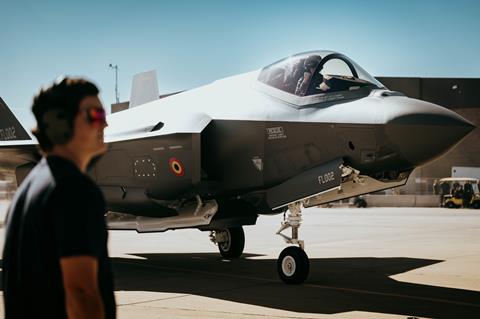
Priorities for Belgium’s new expenditures include “anti-aircraft defences, additional fighter planes, drones, a second brigade for the army and, above all, a lot of ammunition”, according to Francken.
When it comes to combat jets, the minister says Brussels is not considering alternative options, such as the Saab Gripen E/F, Boeing F-15EX or Dassault Aviation Rafale.
“It will be F-35s,” Francken says. “We are not going to buy a second type. Our air force is too small for that.”
It remains to be seen how many more F-35s Brussels may seek to add to its order.
The Belgian Air Component operates 51 F-16s that are set to be replaced by 34 F-35s under the current programme.
Belgium selected the F-35A as its new frontline fighter in 2018, with the US manufacturer beating the Rafale and Eurofighter Typhoon in direct competition.
Saab and Boeing had initially offered the Gripen E/F and F/A-18E/F Super Hornet, but later withdrew those bids.


